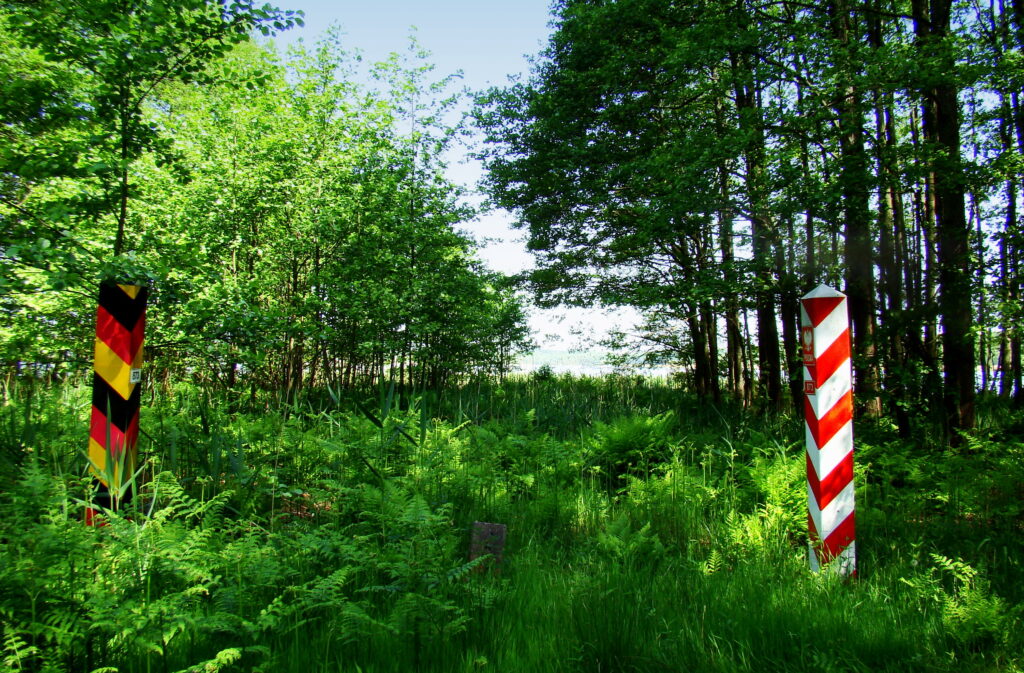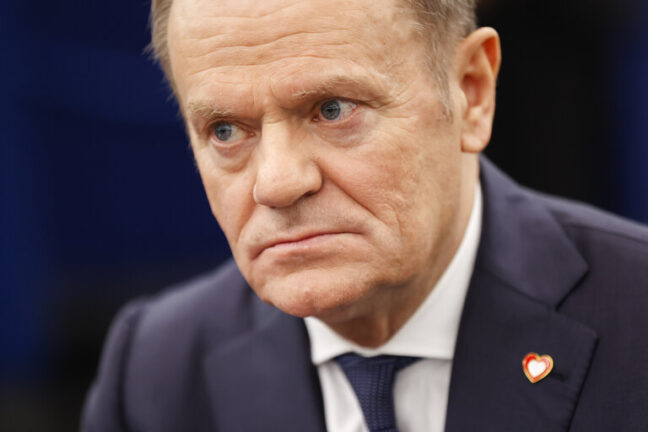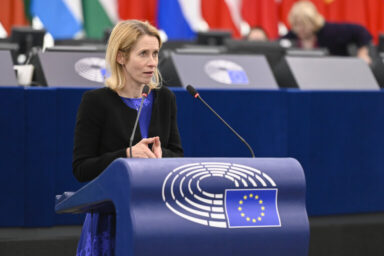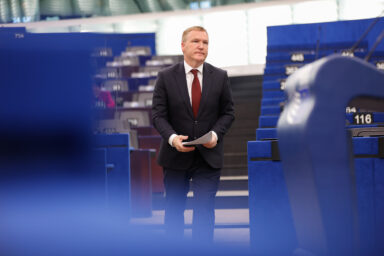Checks on sections of Poland’s border will commence on Monday, 7 July. The move follows weeks of tensions between Germany and Poland as Warsaw has repeatedly accused Berlin of sending irregular migrants back to Poland.
It may well be another blow to one of the cornerstones of European integration. The 467 kilometres long border separating Germany and Poland will be subject to regular checks on the Polish side, although both countries are part of the—in theory—free travel Schengen area.
The Polish checks, however, will not be an exception. As of 1 July, eleven out of the Schengen area’s 29 countries (including Germany) had notified the European Commission of plans to reintroduce border controls. In most cases, the official reason for such checks is the need to control illegal migration.
Under the Schengen agreement, border controls are allowed only under certain conditions and for a limited period of time.
You might be interested
Retaliation against Germany?
Over the past weeks, Poland has repeatedly complained that German border guards were sending irregular migrants back to Poland. “If there are cases that we see as doubtful, we’ll have to reinstate checks at the Polish-German border,” Polish Prime Minister Donald Tusk said on Monday, 30 June. He added that “measures will be taken so that people who cross borders illegally do not come from the Lithuanian direction.”
Based on Tusk’s Tuesday’s announcement, Poland will start checks on both sections of the border on Monday, 7 July.
We consider the temporary reintroduction of controls necessary to reduce the uncontrolled flows of migrants across the Polish-German border to a minimum – Donald Tusk, Polish Prime Minister
German Chancellor Friedrich Merz tried to tone down the tensions on Tuesday. “We naturally want to preserve this Schengen area, but freedom of movement in the Schengen area will only work in the long term if it is not abused by those who promote irregular migration, in particular by smuggling migrants,” Reuters cites Merz.
Merz also earlier said he wanted to clarify that Berlin did not push back asylum-seekers who had already arrived. “Some people are claiming that there is a sort of regular repatriation tourism from Germany to Poland … That is not the case,” the Chancellor stated.

At a mere 104 kilometres, the Polish-Lithuanian border is significantly shorter. It runs, however, through a strategically sensitive area, the so-called Suwałki corridor leading from Belarus and the Russia-owned Kaliningrad Oblast. It is an area of possible future Russian military incursion into the EU.











